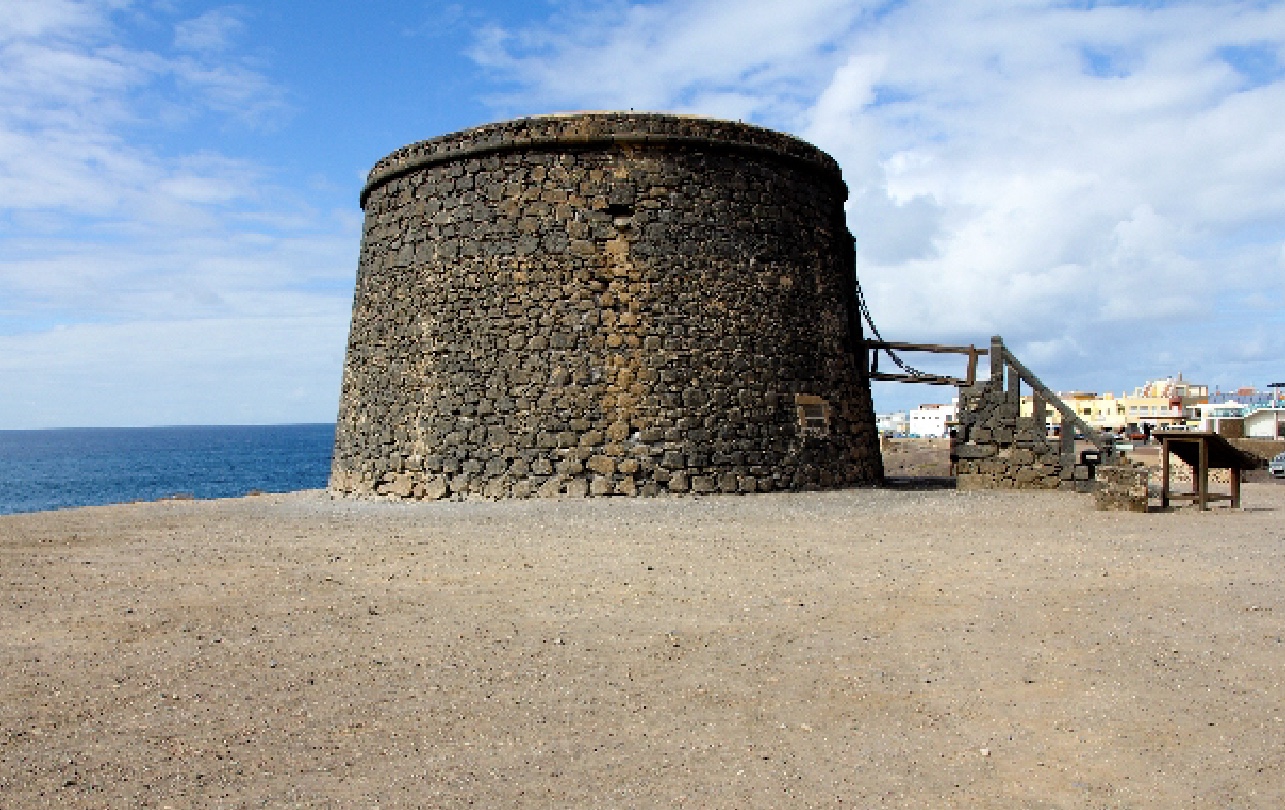In last month’s article we covered a road trip, exploring the north of the island covering the busy resort of Corralejo and the magical islet of Los Lobos and we finished up at the Camel House in Las Lajares. So, in this article we are continuing our road trip by heading up through El Roque and on to the sleepy fishing town, that is now known as El Cotillo.
An Article by Bernie POwer with The Voice Fuerteventura

Malpais
Continuing on from the Camel House and looking out to your left, you will see the sand hills, much of which formed the coast before the last eruptions around 9,000 years ago. To your right, there are what is known as the Malpais. This literally means ‘bad land,’ so called as it contains virtually no soil or useful minerals, which makes cultivating plants and crops very difficult. It is formed by lava and is very hard and sharp to the touch and even though considered bad for cultivating crops, the original settlers here did manage to grow something.
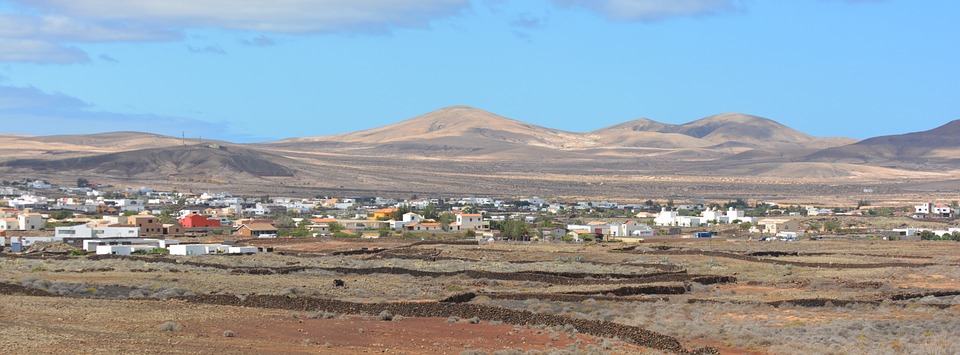
El Roque
The area was settled by the original Mahos. The Mencey or tribal ruler would hold his council there, in a circle of stones called a Tagaror. As you pass though the village signposted as El Roque ‘the rock,’ you may wonder where the rock is. If you bear with me, I will try to explain, however, you may have to read this twice.
Rico Roque
The village of El Cotillo was originally named Rico Roque or ‘Rich Rock,’ by the European invaders. Their leader, Jean de Bethancourt, built a small fort in the village to protect the fishing harbour from frequent attacks. However, Arab slavers and the Portuguese, who had a claim on the islands, forced the townsfolk to move further up the road for safety.
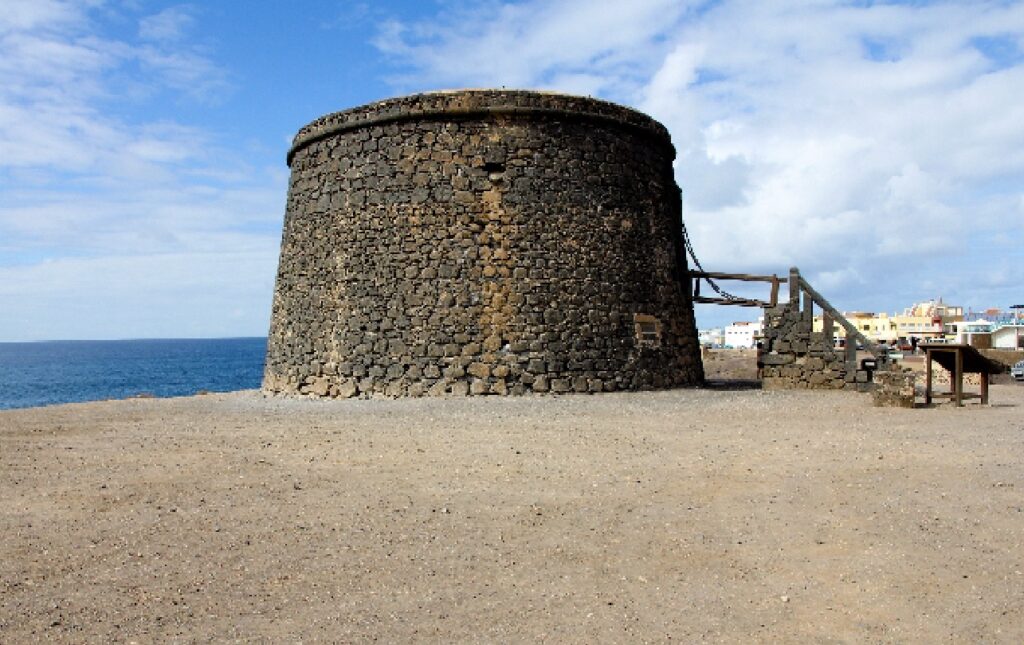
They settled in a place far enough away from invading foes and called it El Roque, after their huge fishing rock that forms the centre of the El Cotillo harbour. This was a successful move as it gave the villagers time to prepare in times of trouble.
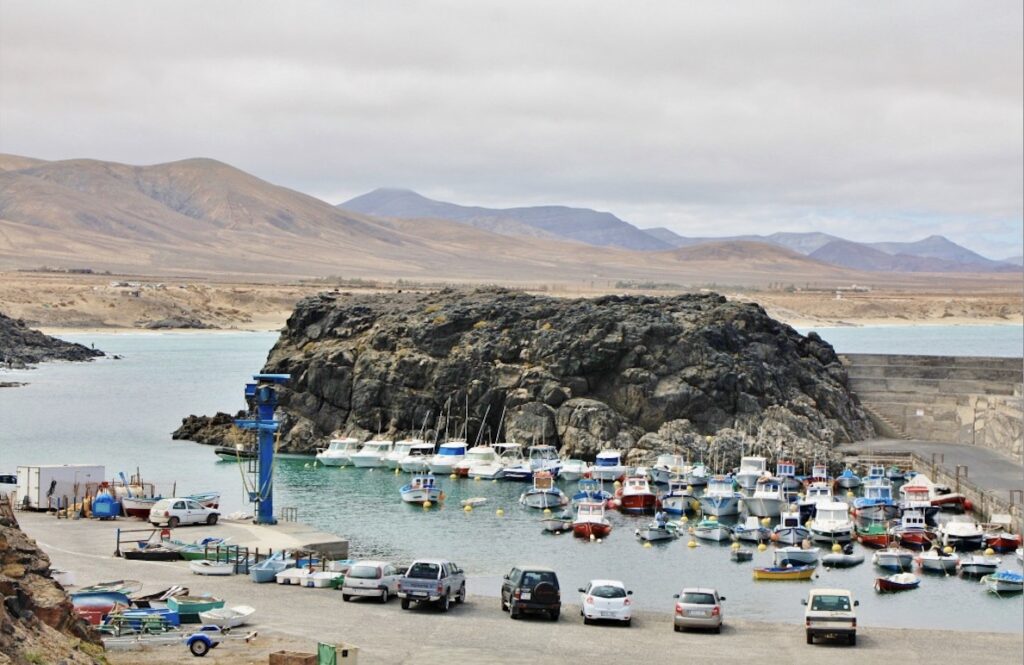
Windmills
There is a large windmill in El Roque and this testifies to the production of grain, which would have been a staple part of the villagers diet. Also, opposite the football ground in El Cotillo is a street called Calle de Molino or windmill street. Until a few years ago, it was the site of a large single storey windmill. Unfortunately, it was destroyed for an abandoned building project but still , it demonstrates that it was a place where people lived.
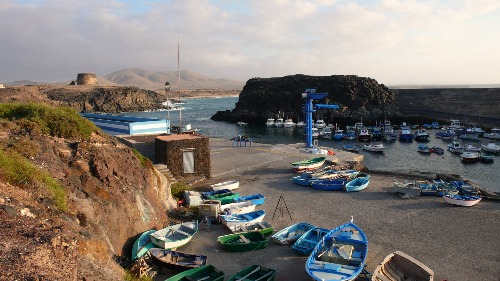
Torre del Tostón
Many years later, in 1743, the harbour was again in danger of attack. This time it was British privateers; seafarers who were really just pirates hired by the British government to wage war on their behalf. In defence, they built the Torre del Tostón or fortified tower that sits high on the cliff by the new harbour today. It is the big brother of the tower in Caleta de Fuste and is called the tower of Saint Michael and Saint Pilar, but, El Tostón was a much easier name, so the town settled with it. Some years later and peace at last, the town changed its name again, this time to El Cotillo or Little Castle.
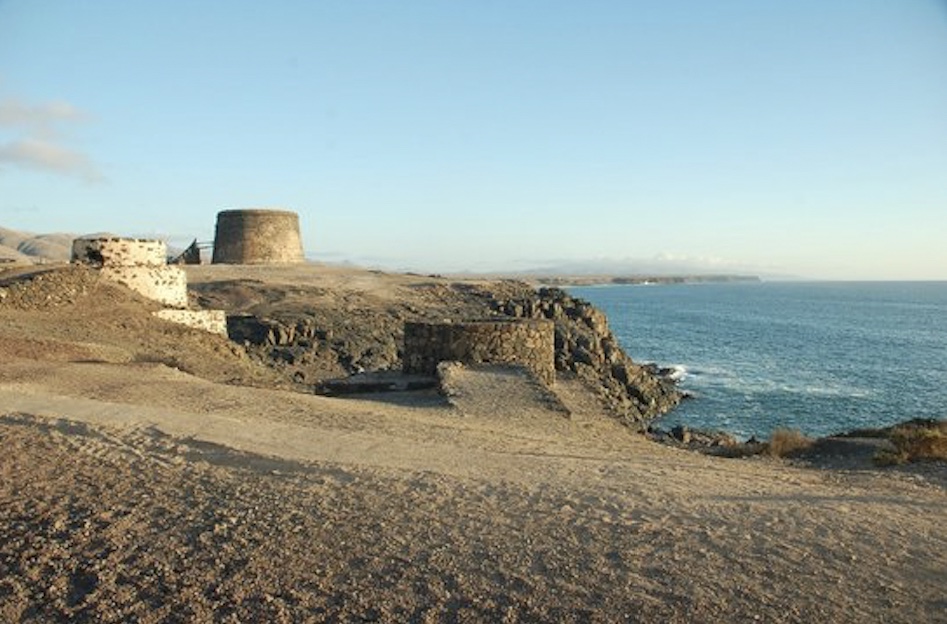
Exploring El Cotillo
It has remained known as El Cotillo to this day and still attracts British, Portuguese and many other foreign visitors to its shores. However, now they now come in peace and spend time looking around the fortification and marvelling at how up to twelve soldiers were billeted there, along with all their supplies, guns and ammunition.
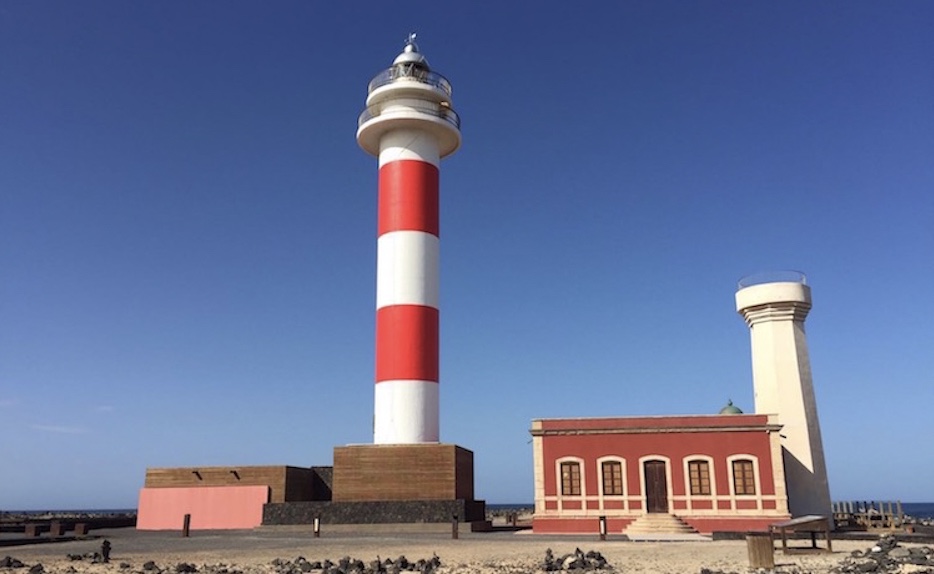
El Faro de Tostón
There is also a lighthouse, called El Faro de Tostón, that you can wander around too. Over the years, El Cotillo evolved and became an important fishing base. However, up until the 1980’s the roads were just dirt tracks so accessing the remote fishing town by sea was a far easier option. Now, much has changed, including the roads, but if you look closely, much can still be learned from the street names. So, while you are out and about exploring, translate a few and have fun rediscovering Fuerteventura’s hidden past.
El Faro de Toston is open to the public and contains a small museum dedicated to the fishermen of Fuerteventura. Opening times vary seasonally and there is a small entrance fee.

